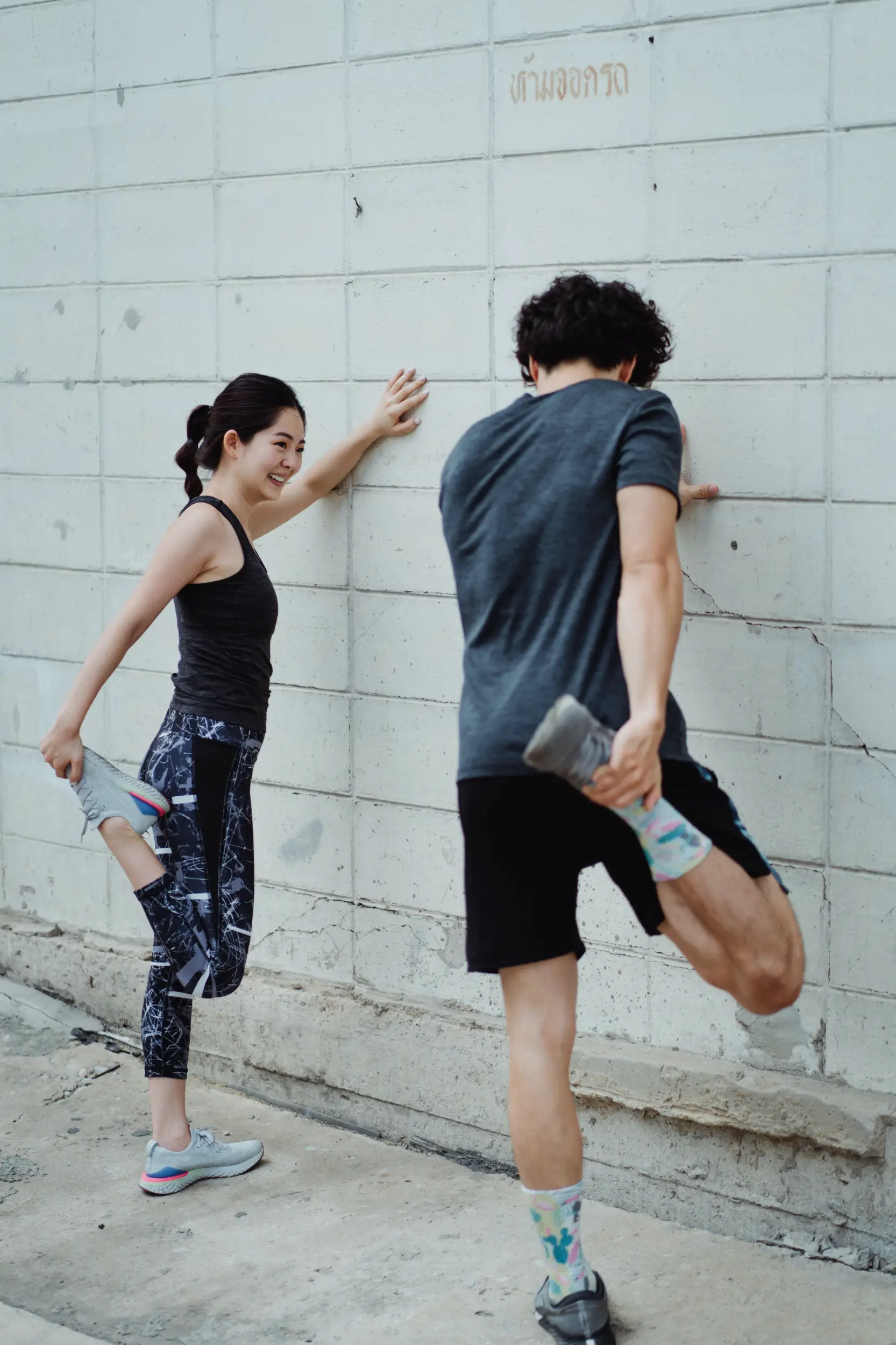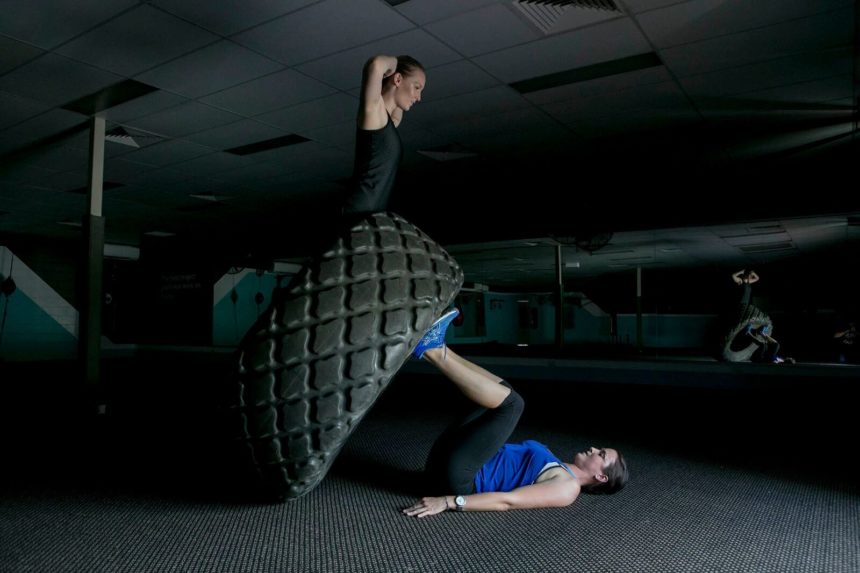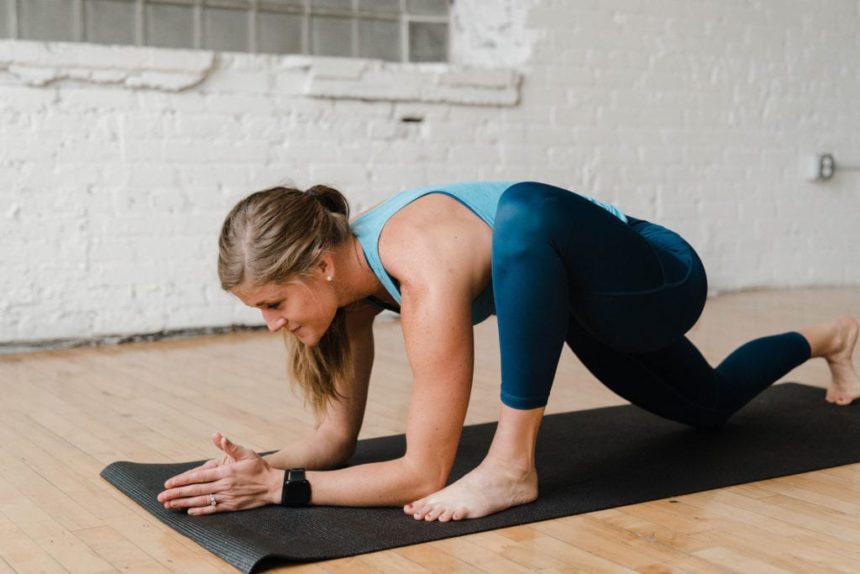Stretching is a significantly important part of physical activity and is often overlooked in newbies. Other than preparing the body for movement, stretching decreases the risk of injury and is less likely to cause pain or strain on the body. There are two forms of stretching, dynamic stretching and static stretching, and with the combination of both – used at the right time – have a large impact on increasing flexibility and performance.
The more traditional style of stretching, static stretching, is done by holding a position for approximately 15-30 seconds while putting pressure on a particular muscle to the point of slight discomfort, but not pain. This type of stretching is best used after a workout when the body is already warm. Static stretching helps increase blood circulation, lengthen muscles, and in turn, reduce tension and delayed onset muscle soreness (DOMS). Exercises such as side bends and the typical hamstring stretch are common examples of static stretching.
Dynamic stretching, on the other hand, involves slow and controlled movements that move joints and muscles through a complete range of motion. Dynamic stretches are specific to the muscle group you are able to work, and the idea of this stretch is to mimic and warm up the muscles you are about to work. Essentially, if you are going to do a lower-body workout, you would focus on exercises to warm up the legs, such as a hamstring leg swing or high knee running on the spot. Dynamic stretching increases your heart rate, and in turn, elevates your body temperature; therefore, this type of stretching is best used before a workout to warm up the muscles. Exercises such as arm circles, walking lunges, or inchworms are great examples.
References:
McMillan, D., Moore, J., Halter, B., & Taylor, D. (2006). Dynamic vs. static stretching warm up: the effect of power and agility performance. Journal of Strength and Coordination Research, 20(3), 492-499.




